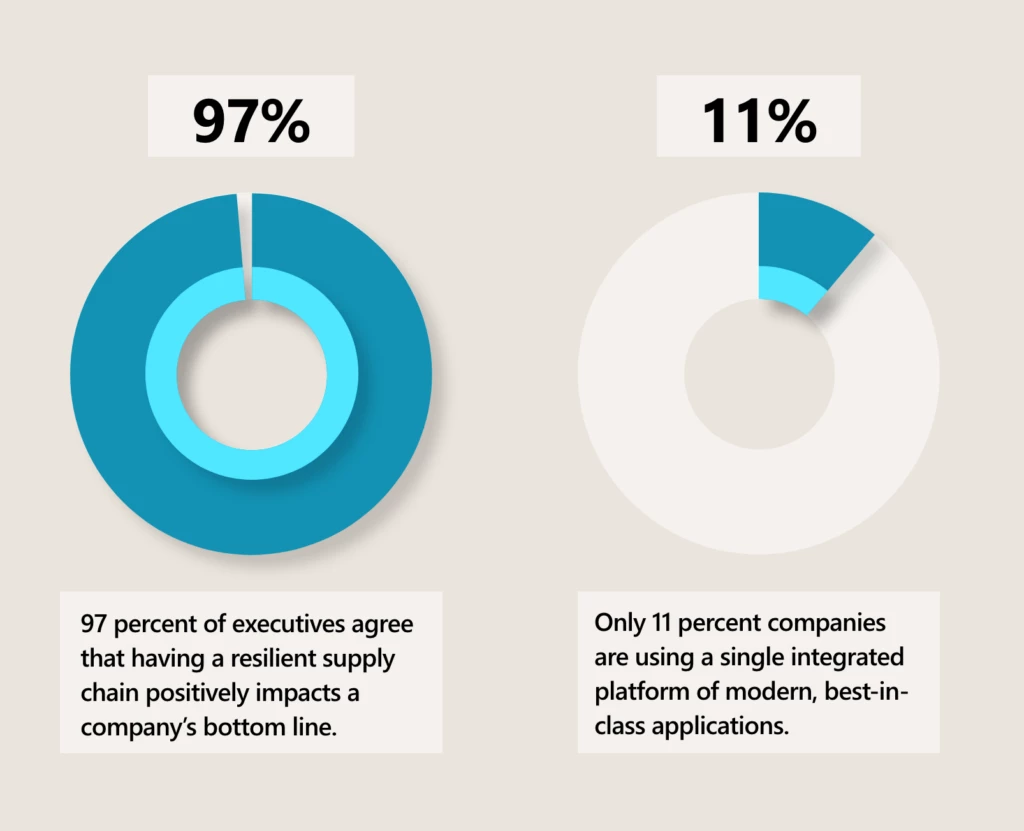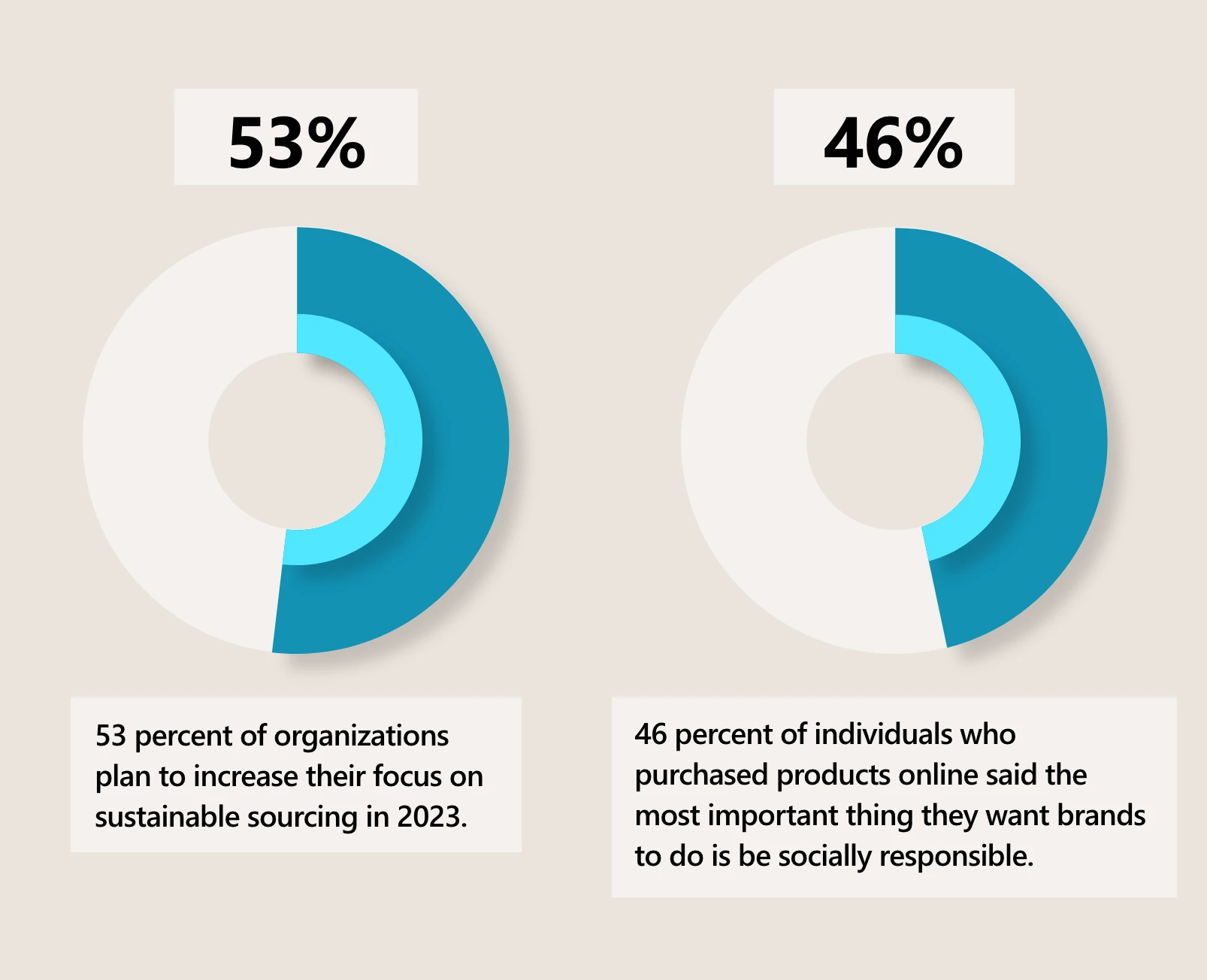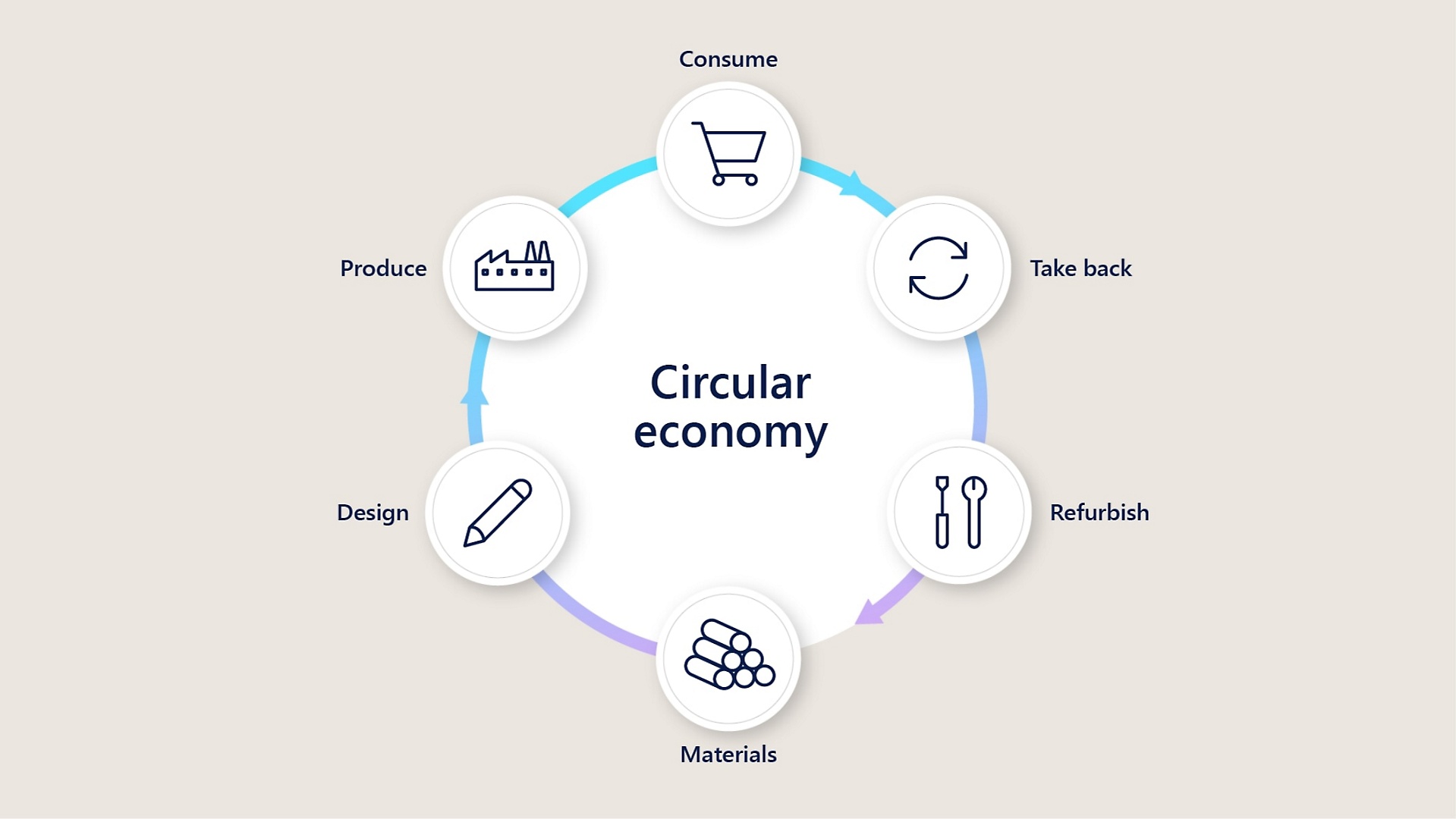Pyrex “Made in the USA” claims didn’t measure up
This article was originally posted by the FTC. See the original article here.
Brought to you by Dr. Ware, Microsoft Office 365 Silver Partner, Charleston SC.
This article was originally posted by the FTC. See the original article here.
Brought to you by Dr. Ware, Microsoft Office 365 Silver Partner, Charleston SC.
This article was originally posted by the FTC. See the original article here.
Brought to you by Dr. Ware, Microsoft Office 365 Silver Partner, Charleston SC.
This article is contributed. See the original author and article here.
CISA has added one new vulnerability to its Known Exploited Vulnerabilities Catalog, based on evidence of active exploitation. This type of vulnerability is a frequent attack vector for malicious cyber actors and poses a significant risk to the federal enterprise. Note: To view the newly added vulnerabilities in the catalog, click on the arrow in the “Date Added to Catalog” column, which will sort by descending dates.
Binding Operational Directive (BOD) 22-01: Reducing the Significant Risk of Known Exploited Vulnerabilities established the Known Exploited Vulnerabilities Catalog as a living list of known CVEs that carry significant risk to the federal enterprise. BOD 22-01 requires FCEB agencies to remediate identified vulnerabilities by the due date to protect FCEB networks against active threats. See the BOD 22-01 Fact Sheet for more information.
Although BOD 22-01 only applies to FCEB agencies, CISA strongly urges all organizations to reduce their exposure to cyberattacks by prioritizing timely remediation of Catalog vulnerabilities as part of their vulnerability management practice. CISA will continue to add vulnerabilities to the Catalog that meet the specified criteria.

This article is contributed. See the original author and article here.
Resiliency for retailers might best be understood by thinking about the delight consumers feel when they order that specific, thoughtful gift online for the holidays or when they come across the perfect gift while shopping at a store. To be successful with consumers in these moments, retailers must have the right products in stock at the right time and deliver them quickly and cost-effectively. This is what resiliency for retailers looks like, but how do you build resiliency into your supply chain?

Reduce supply and demand mismatches by running simulations using AI and real-time, advanced analytics.
McKinsey & Company found that 75 percent of consumer packaged goods (CPG) supply chain leaders prioritize supply chain digitalization, suggesting that resiliency through digitalization is one strategy that retailers are exploring.1 At Microsoft, we believe the path to retail resiliency lies in three interconnected capabilities: connectivity, agility, and sustainability, which we showcase solutions around at this year’s National Retail Federation (NRF) exposition in New York City.

True end-to-end visibility requires a platform capable of connecting and harmonizing data from new and existing sources. According to research commissioned by Microsoft from Harvard Business Review Analytic Services, 97 percent of executives agree that having a resilient supply chain positively impacts a company’s bottom line.2 The same study found that most organizations’ digital infrastructure is composed of a mix of modern and legacy apps, with only 11 percent using a single integrated platform of modern, best-in-class applications.3 This makes any solutions’ connectivity a critical factor in building resilience and agility.
One merchant that is enjoying the benefits of connectivity and visibility is iFIT. iFIT is a leading health and fitness platform that markets several home exercise equipment brands. Recently, iFIT adopted the Microsoft Supply Chain Platform to bring together its systems and data. With this integrated, centralized view, iFIT can reduce the manual effort and guesswork involved in strategically placing inventory in its more than 40 forward-stocking locations. Utilizing built-in AI capabilities, iFIT increased efficiency from 30 to 75 percent on their forward stock inventory resulting in faster delivery timesreduced from a two-week window to two daysand increased customer delight.
This embed requires accepting cookies from the embed’s site to view the embed. Activate the link to accept cookies and view the embedded content.
Extensible systems increase connectivity, too, such as the ability to leverage highly functional micro-services like the Inventory Visibility Add-in for Microsoft Dynamics 365 Supply Chain Management. Users can enable the Inventory Visibility service free of charge to gain a real-time, global view of on-hand inventory and tracking across all data sources and channels. Additionally, the Inventory Visibility service allows users to avoid overselling by making real-time soft reservations and using the allocation feature to ring-fence valuable on-hand stock for essential customers or channels.
Learn more with the Inventory Visibility Add-in overview.
Another dimension of connectivity is collaboration. Dynamics 365 and Supply Chain Center include Microsoft Teams built-in, unleashing the power of collaborative applications for users, making all your business processes and applications multiplayer. With collaborative applications, team members can connect in real time, surface and act on insights from unified data, and swarm around supply chain issues to mitigate disruptions before they impact customers.
Connected systems and data create the visibility supply chains need to sense risks and illuminate opportunitiesthe necessary precursors to agility, which we look at next.
To enable agility, supply chain software needs to increase visibility across data sources, predict and mitigate disruptions, streamline collaboration, and fulfill orderssustainably and securely. In short, companies need to understand the entire supply chain network. By connecting disparate systems and harmonizing data across the supply chain, companies gain a more comprehensive understanding of supply and demand. With Supply Chain Center, retailers can connect and harmonize data and generate supply and demand insights using AI to uncover patterns and projections based on historical and real-time inventory and order volumes.
One company using Supply Chain Center to build a more agile supply chain is Northern Tool + Equipment, a manufacturing and omnichannel retailer with 130 stores across the United States. Northern Tool + Equipment’s fragmented supply chain technology infrastructure had pushed lead times for the 100,000 items in its product catalog to four to seven days. In addition, many of the company’s products are very large, like generators and air compressors. The sheer size of these items brings further complexity to the challenge of optimizing shipping routes for cost and sustainability. Similarly, Northern Tool + Equipment struggled to provide firm delivery dates for online and in-store product orders. For a business that serves people who do tough jobs and rely on their tools for their livelihood, being competitive means offering delivery in one to three days and providing accurate delivery times.
This embed requires accepting cookies from the embed’s site to view the embed. Activate the link to accept cookies and view the embedded content.
Northern Tool + Equipment partnered with Microsoft to overcome these challenges with an end-to-end supply chain solution. The selection of Supply Chain Center meant that Northern Tool + Equipment could immediately begin to rationalize and connect every node of its supply chain with a solution designed to create a more resilient and sustainable supply chain through an open, flexible, collaborative, and secured platform. The result? Northern Tool + Equipment can provide customers with a committed delivery date and shipping costs while also ensuring one-day to two-day delivery within a specific proximity of its stores.
A significant factor in Northern Tool + Equipment’s lead time improvement is its use of Microsoft Dynamics 365 Intelligent Order Management capabilities, which allows organizations to connect and orchestrate order fulfillment across different platforms and apps. But Supply Chain Center has an assortment of capabilities to serve other retailers on the agility journey.
One such capability is the Supply Chain Center news module, which gathers information about world events and presents articles relevant to your business and supply chain. How can this feature be a functional building block of agility?
Let’s consider an example of a retailer selling portable air conditioners. Using the news module, the retailer could receive a news alert that a specific geography is forecasted to have the hottest summer on record. This would likely increase the expected seasonal demand for the product in the affected region. The retailer could capitalize on this intelligence by increasing their forecast during the planning process so that they can be prepared to quickly shift inventory to ensure coverage.
In addition, Supply Chain Center connects with Microsoft Dynamics 365 Supply Chain Management, which gives retailers access to advanced warehouse management functionality, such as warehouse automation by integrating with partners like inVia Robotics. It also gives retailers the ability to set up pop-up warehouses in a matter of days in six easy steps. Continuing the example above, our portable air conditioner retailer might utilize the supply chain planning functionality and learn that they have insufficient warehouse capacity to meet the seasonal demand increases. In this case, they could use Dynamics 365 Supply Chain Management to open a new warehouse in a matter of days by utilizing wizards and templates and quickly deploying the mobile app. Similarly, the retailer could then improve warehouse productivity with InVia Robotics by leveraging robots to do the heavy lifting and traveling across the warehouse, freeing up workers to do the more complex task of sorting and packing. The value of these systems is getting the attention of organizations and analyst firms.
In a recent survey, 46 percent of individuals who purchased products online said the most important thing they want brands to do is be socially responsible.4 This fact helps explain why 53 percent of organizations plan to increase their focus on sustainable sourcing in 2023.5 While there are several dimensions of social responsibility, sustainability is the most relevant to retail supply chain leadership. For retail supply chains, this can be challenging.

For retailers to lead not just the industry but to exceed consumers’ expectations for social responsibility, another challenge beckonsthe utilization of circular economies. Even leaders in the EU, who successfully decreased material use by 9 percent and increased products derived from recycled waste by 50 percent,6 understand that while their progress is impressive, growth of circular economies is still limited compared to their actual material footprint. Still, the incentive for retailers, beyond the value of doing the right thing, is significant. One survey by Statista expects worldwide revenue of circular economy transactions to more than double from 2022 to 2026, growing from $338 billion to $712 billion.7

One way that Microsoft is helping brands meet the challenge is with built-in sustainability features for suppliers. One example is the FedEx integration with Intelligent Order Managementwhich is included in Supply Chain Center. The FedEx integration allows users to offer boxless returns to their customers by leveraging environmentally friendly QR codes to return items at more than 60,000 retail FedEx locations. Plus, retailers can utilize the self-service return functionality of the FedEx integration to easily manage all returns with complete visibility of every step in an item’s return to the warehouse.
Learn how FedEx and Dynamics 365 reimagine commerce experiences.
As we have seen here, the path to retail resilience in today’s competitive environment revolves around connectivity, agility, and sustainability. Brands should address disruptions and challenges with solutions that can exceed customer expectations, drive profitability, and improve sustainability.
Ready to see how Supply Chain Center can help your business on the path to retail resiliency? Sign up for a free 180-day trial of Microsoft Supply Chain Center (preview).
For a look back at NRF 2022, check out our previous blog: Dynamics 365 helps build the retail supply chain of the future. And take a look at the following posts to learn more about NRF 2023:
Sources
1McKinsey & Company, 2022. How consumer-packaged-goods companies can drive resilient growth.
2Harvard Business Review Analytic Services, 2022. A Supply Chain Built for Competitive Advantage.
3Harvard Business Review Analytic Services, 2022. A Supply Chain Built for Competitive Advantage.
5KPMG, 2022. The supply chain trends shaking up 2023.
The post The Microsoft Supply Chain Platform enables resiliency for retailers appeared first on Microsoft Dynamics 365 Blog.
Brought to you by Dr. Ware, Microsoft Office 365 Silver Partner, Charleston SC.
This article is contributed. See the original author and article here.
Authentication is a key step in the user journey of any application. Going about designing the authentication flow can be confusing and not straightforward. When load testing an application, this generally is the first step in the user journey. Supplying client credentials through a UI is not possible when load testing an application, so is evaluating how to implement specific authentication flows available on Azure, as they can be tedious and time consuming as well.
Within this series, we will cover the authentication flows and scenarios that are possible with Azure Active Directory (Azure AD) as the identity provider.
At the end of the blog, you will be able to
Prerequisites
Authenticating to your web app with a shared secret
When you are using a shared secret to authenticate to an application on, you essentially pose yourself as a trusted principal with a valid token that can be used to authenticate you to the application which is registered with azure active directory. The token helps establish a trust, that you can access and make modifications to the resource (application).
For more information you can see authentication using shared secret
The best practice is to store the above parameters into Azure Key Vault and then fetch them directly at runtime instead of hard coding them into the script.
Fetching the client secret
Configuring the JMeter test plan
The JMeter test plan needs to be configured to make a request to the app’s authentication endpoint to acquire the token. The endpoint can be found by visiting Azure Portal and navigating to Azure Active Directory > App registrations > > Endpoints
Getting the Authentication endpoint
It would look something as below:
https://login.microsoftonline.com//oauth2/token
For the allowed values of you may refer to issuer values. In our case, it would be the tenant id.
Once we have the token, we can pass it to the subsequent requests in the authorization header to authenticate to the application.
Now that we know what needs to be done, let’s start implementing it.
Creating the test plan in the JMeter GUI
Creating and Running the Load Test
Once we have setup our JMeter test plan, now we can move ahead and run the same using the azure load testing service by creating a test, supplying the above created JMeter script as the test plan and configuring the environment variables.
Configuring the secrets
Try this out and let us know if it works for you. Please use the comments section to help us with any feedback around this scenario and anything you would like to see next time.
If you have any feedback on Azure Load Testing, let us know using our feedback forum.
Happy Load Testing!!!
Recent Comments